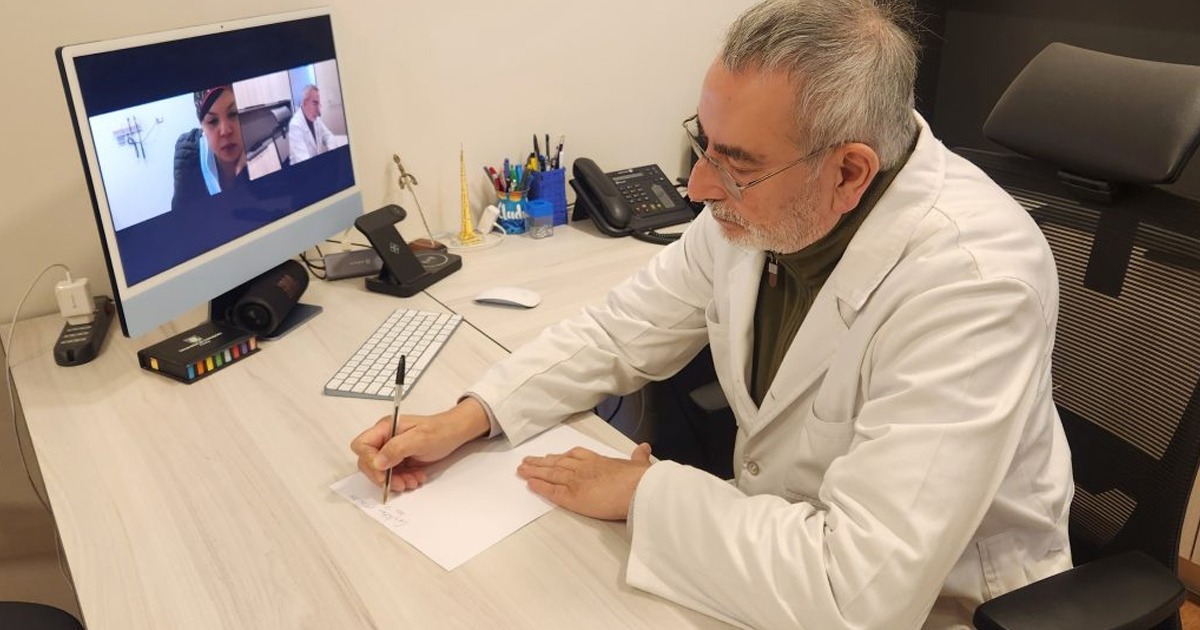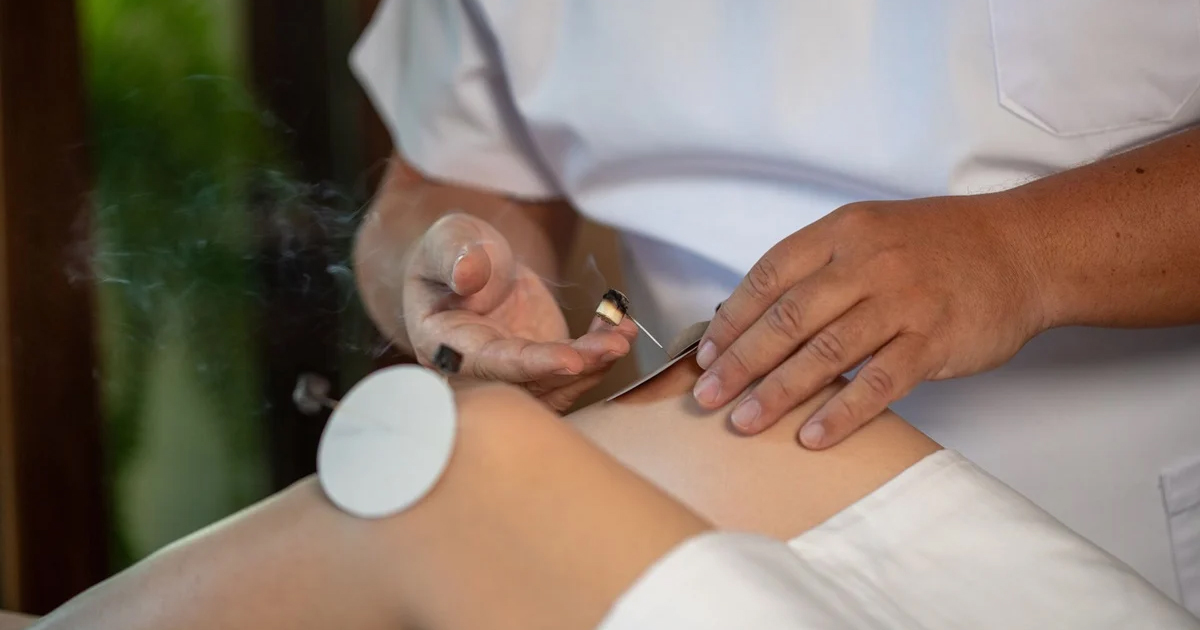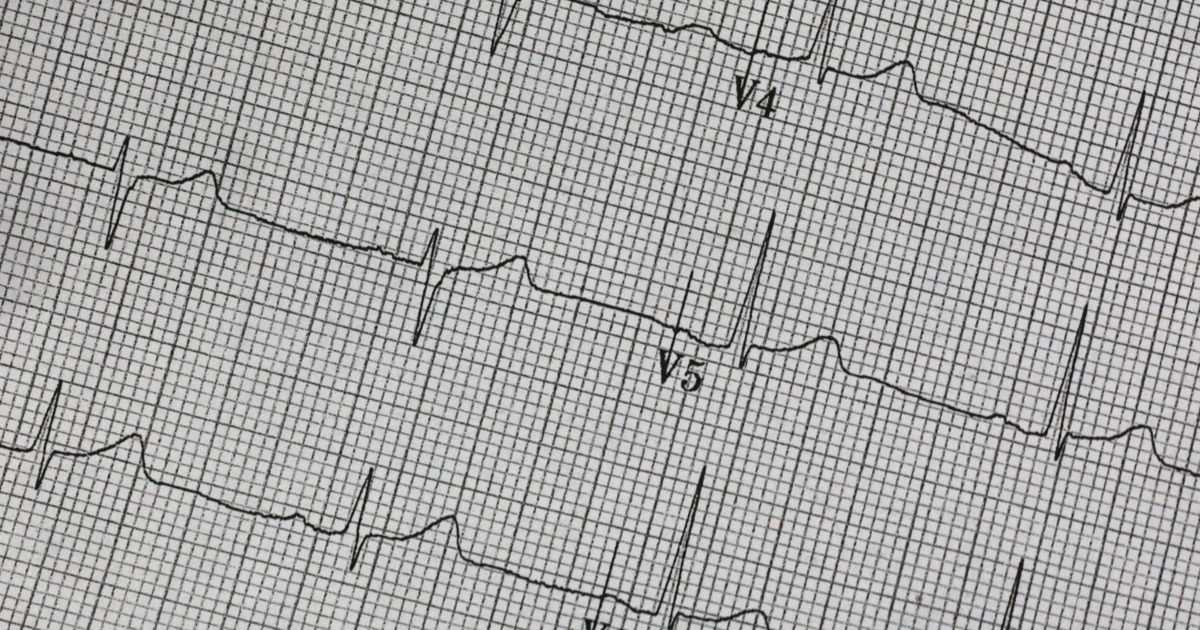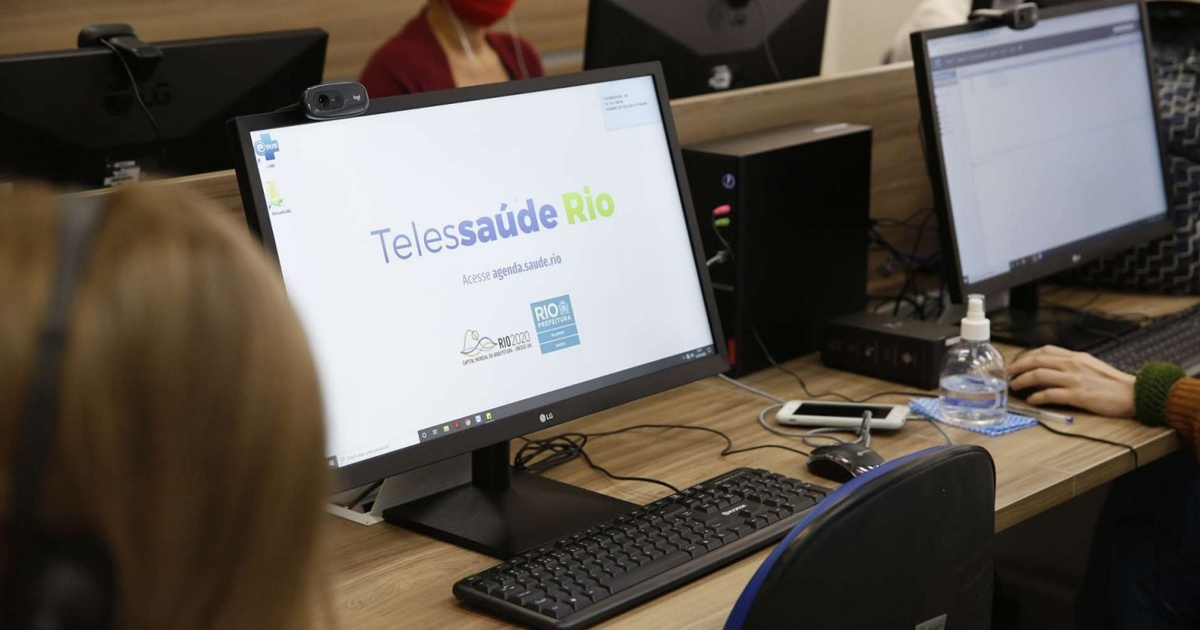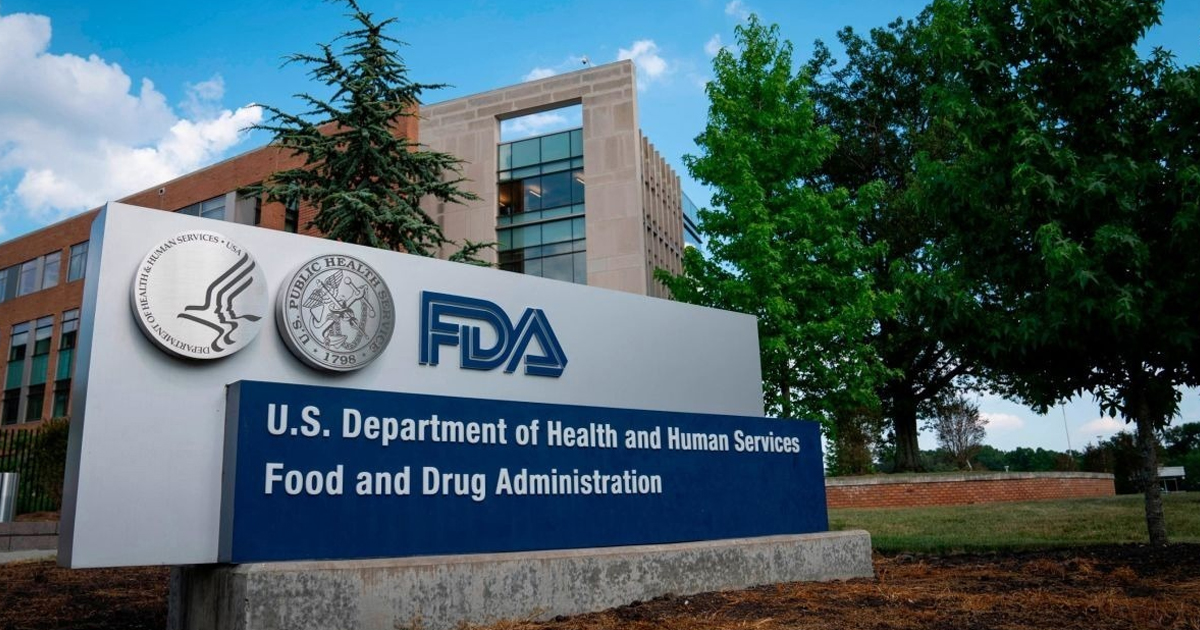Científicos del Hospital General de Massachusetts y el Centro Nacional de Investigaciones Oncológicas (CNIO) de España, descubrieron mediante el uso de aprendizaje automático cómo funciona el proceso de reparación de daño genético, el cual previene mutaciones.
Científicos del Grupo de Metabolismo y Señalización Celular del CNIO y del Hospital General de Massachusetts, lograron visualizar la reparación celular de ADN, gracias a técnicas de machine learning y un microscopio de alto rendimiento.
Las lesiones de células de ADN ocurren hasta 10 mil veces cada día en una persona. Sin embargo, las mismas celular se reparan y evitan la aparición de mutaciones y enfermedades como el cáncer. De esta forma, el avance logrado por científicos en Boston y Madrid, que ya fueron publicados en la revista Cell reports, podrían dar origen a nuevos tratamiento y terapias conta el cáncer.
Cuando hay daño en el ADN, sus células activan un mecanismo que hace que las proteínas se unen de forma inmediata a las partes dañadas del ADN, las cuales logran repararlo. Este proceso es el que los científicos han logrado observar más a detalle.
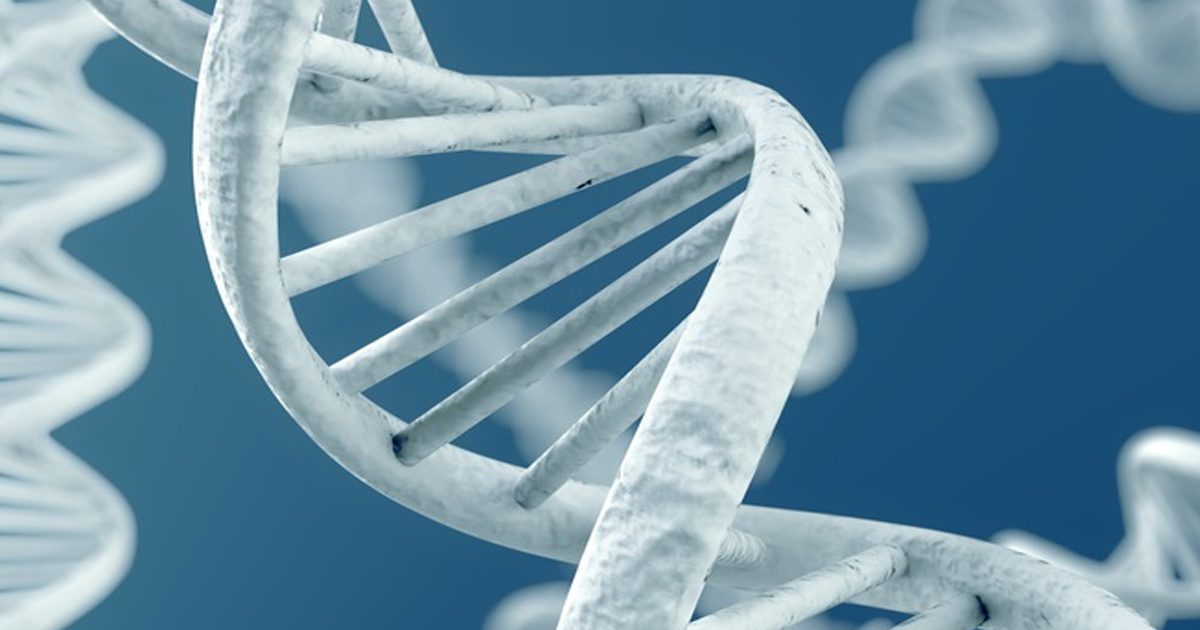
“Al saber cómo ocurren las lesiones del ADN y cómo se reparan, aprenderemos más sobre cómo se desarrolla el cáncer y cómo podemos combatirlo. Cualquier nuevo descubrimiento en la reparación del ADN ayudará a desarrollar mejores terapias contra el cáncer, al tiempo que protege nuestras células sanas”, explicó la investigadora Bárbara Martínez del CNIO.
Martínez también explicó que uno de los limitantes del seguimiento de la cinética de reparación de ADN, era la incapacidad de procesar y analizar tales cantidades de datos generadas a partir de imágenes tomadas por microscopio.
Sin embargo, gracias al uso de microscopia de alto rendimiento y machine learning, ha llevado a los investigadores a descubrir nueve nuevas proteínas que forman parte del proceso de reparación del ADN.
“Vimos que muchas proteínas se adhirieron al ADN dañado y otras hicieron todo lo contrario: se alejaron de las lesiones del ADN. El hecho de que se unan o se eliminen del ADN dañado, para permitir el reclutamiento de proteínas reparadoras en la lesión, es una característica común de las proteínas reparadoras del ADN. Ambos fenómenos son relevantes”, explicó Martínez.
En este sentido, el uso de esta tecnología ofrece nuevas oportunidades para estudiar este proceso de reparación. Para leer más sobre este hallazgo ingresa en el siguiente enlace: https://linkinghub.elsevier.com/retrieve/pii/S2211124721016764


